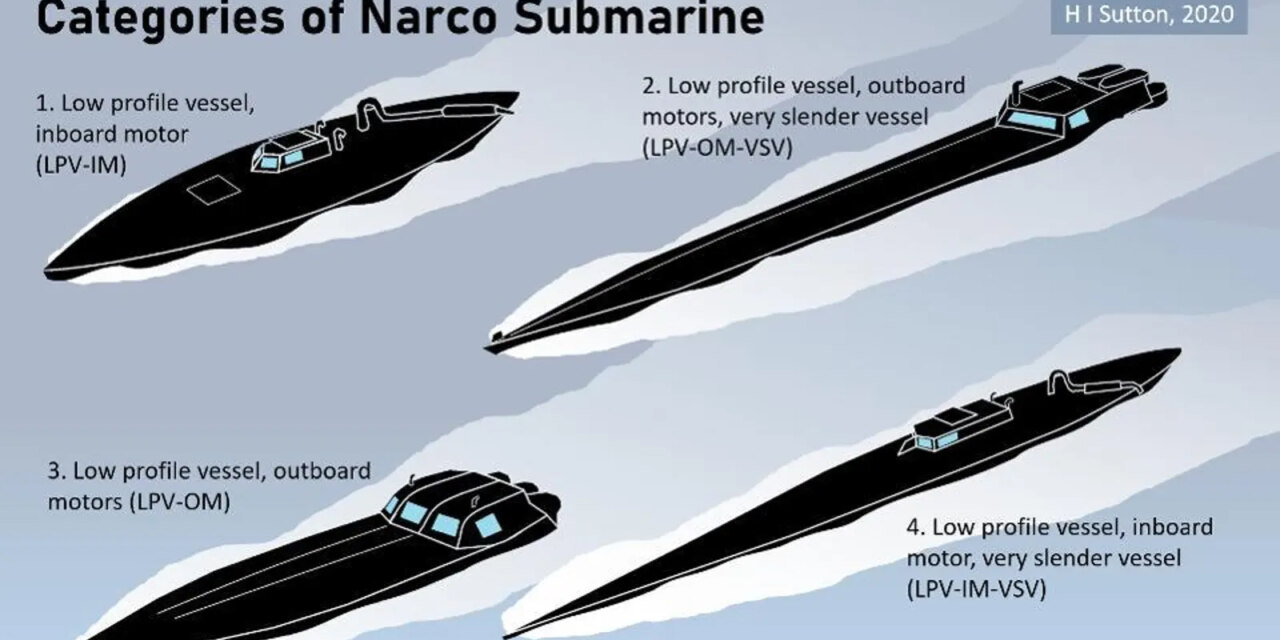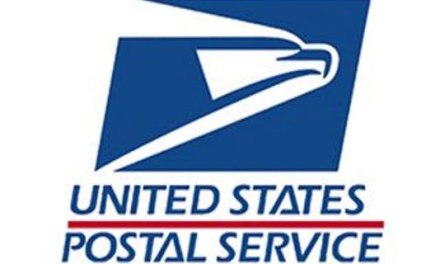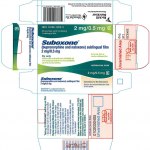As its nickname suggests, a narcosub is a vehicle designed for the purpose of transporting illegal drugs– at the moment, mostly cocaine– across large bodies of water, up to and including oceans.
They’ve proven quite effective, despite being an especially dangerous method of long distance travel. In fact, according to this article in The Guardian, a better name for the narcosub might be “propeller-driven coffin.”
The article describes narcosubs as “…handmade semi-submersibles that travel just under the surface of the water with only their cockpit sticking out.” Photos provided for reference.
Better funded trafficking operations have the option of using a fully submersible form that travels some 30 feet below the surface, which makes them that much harder to detect.
Not that a fiberglass submarine is easy to detect in any circumstances. When agents have been able to apprehend them, it’s often been because something has gone wrong with the sub itself, leaving it vulnerable.
As The Guardian notes, surviving an ocean voyage in these vehicles is far from guaranteed. And if the sub should sink, its extremely valuable cargo sinks with it.
So why are traffickers willing to take the risk, given the possibility of heavy losses?
It’s because of the prices people are willing to pay for their product. Again, quoting the article: “A kilo of cocaine could be bought for $1,000-$2,000… on Brazil’s border with Colombia, the world’s top cocaine producer. In Europe, where consumption is soaring, the same amount could be sold for about $60,000.”
Conceivably, $50,000 invested in cocaine in South America could be resold in Europe for $3,000,000. Even deducting the cost of transport, that’s a hell of a return on investment.
In the US, prices are generally lower, because of greater access to the product. Reliable estimates for a kilo of cocaine vary considerably by location, estimated as from $28,000 to $70,000.
That’s a bit misleading, in that the price for a kilo in a city close to the border, such as San Diego, may only be half that, while in a remote area like Alaska the prices may exceed the top end.
Still, once we realize how much high grade cocaine some subs can carry in one trip– for the best fully submersibles, that’s perhaps 10 tons– it’s easy to see why most traffickers agree. The potential for profit is simply unequaled.
And drug traffickers? They’re gamblers by nature.
To close, here’s something for those interested in how the subs operate.













